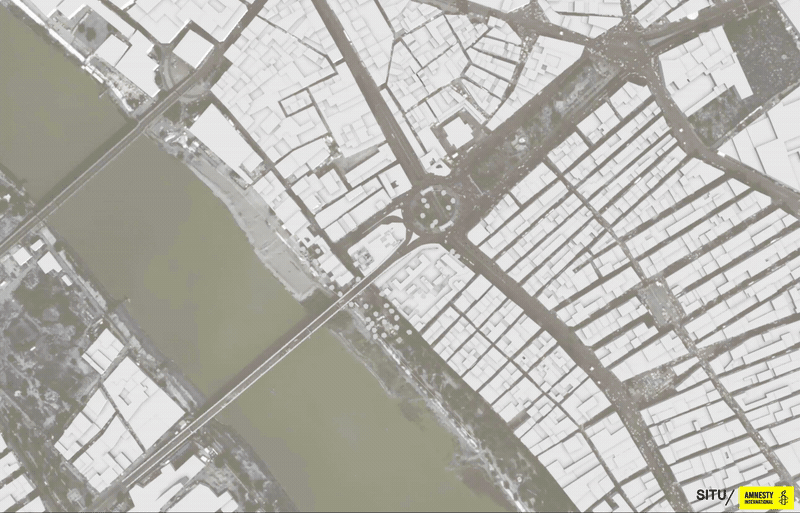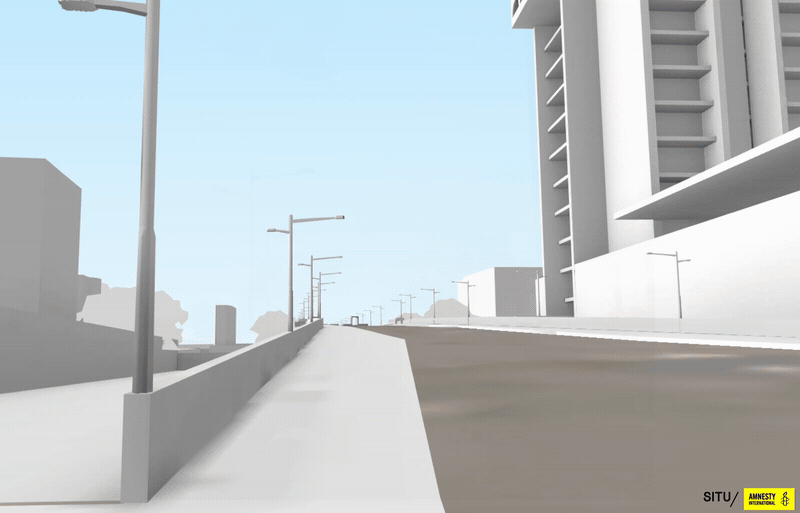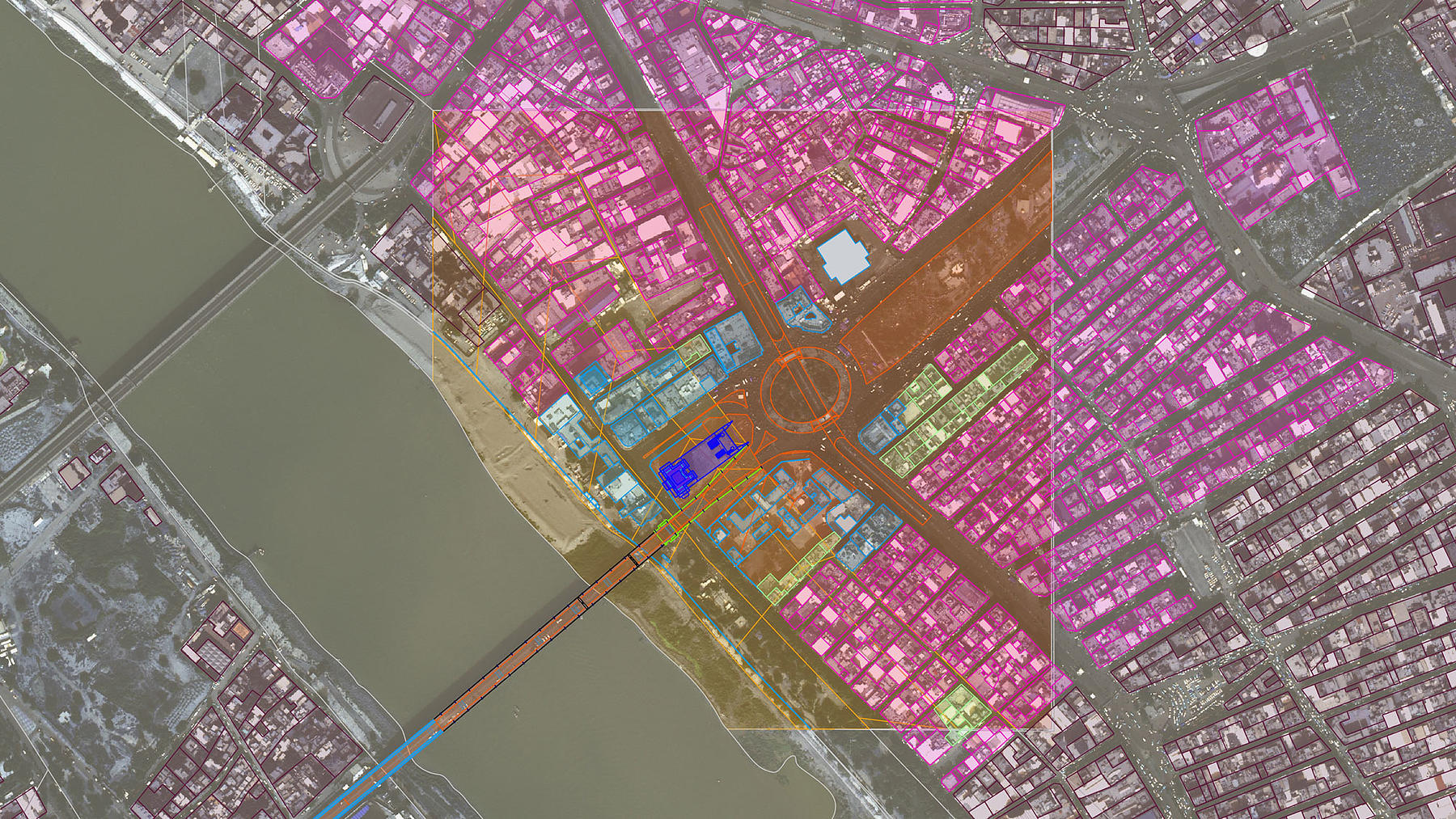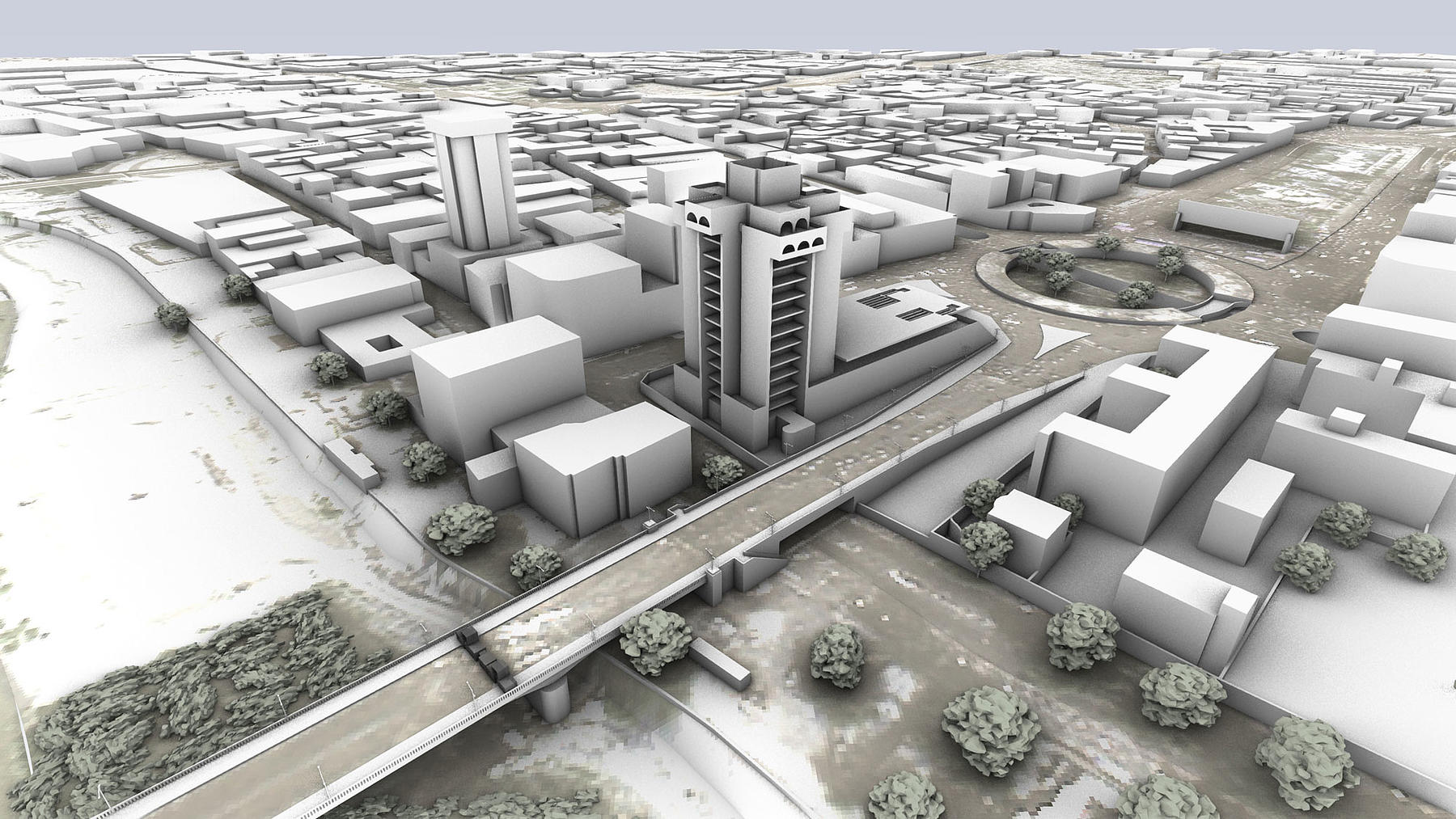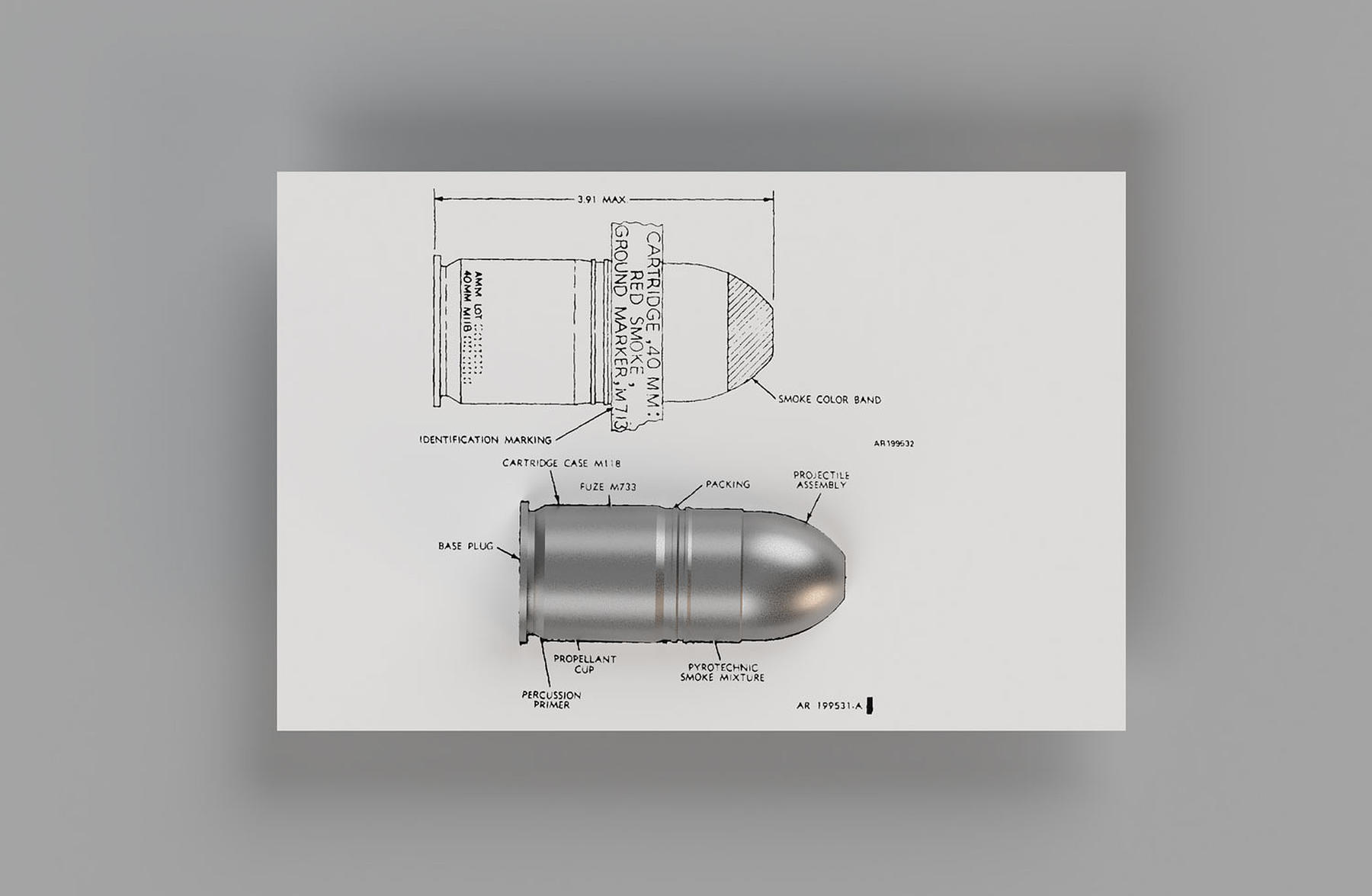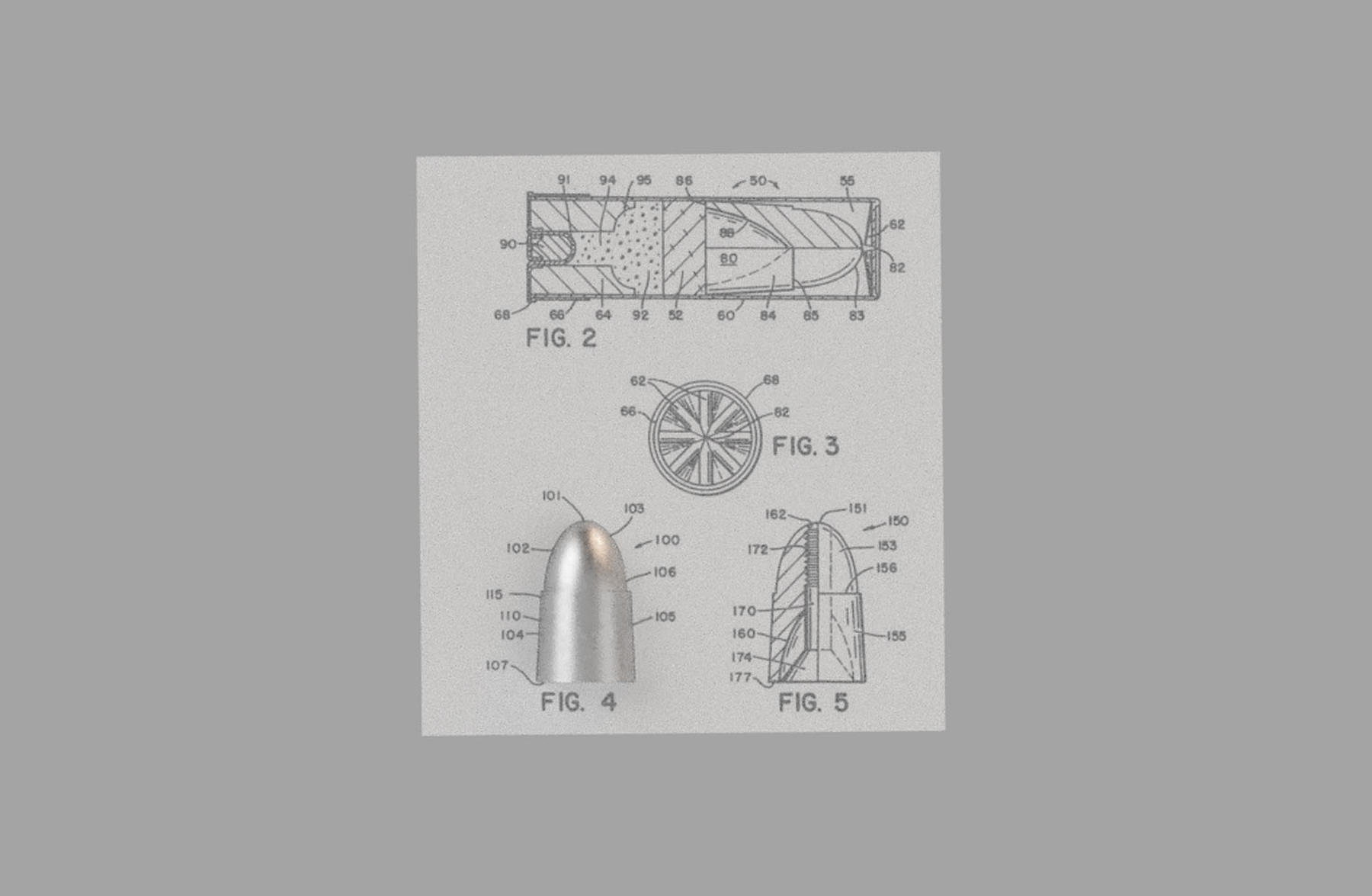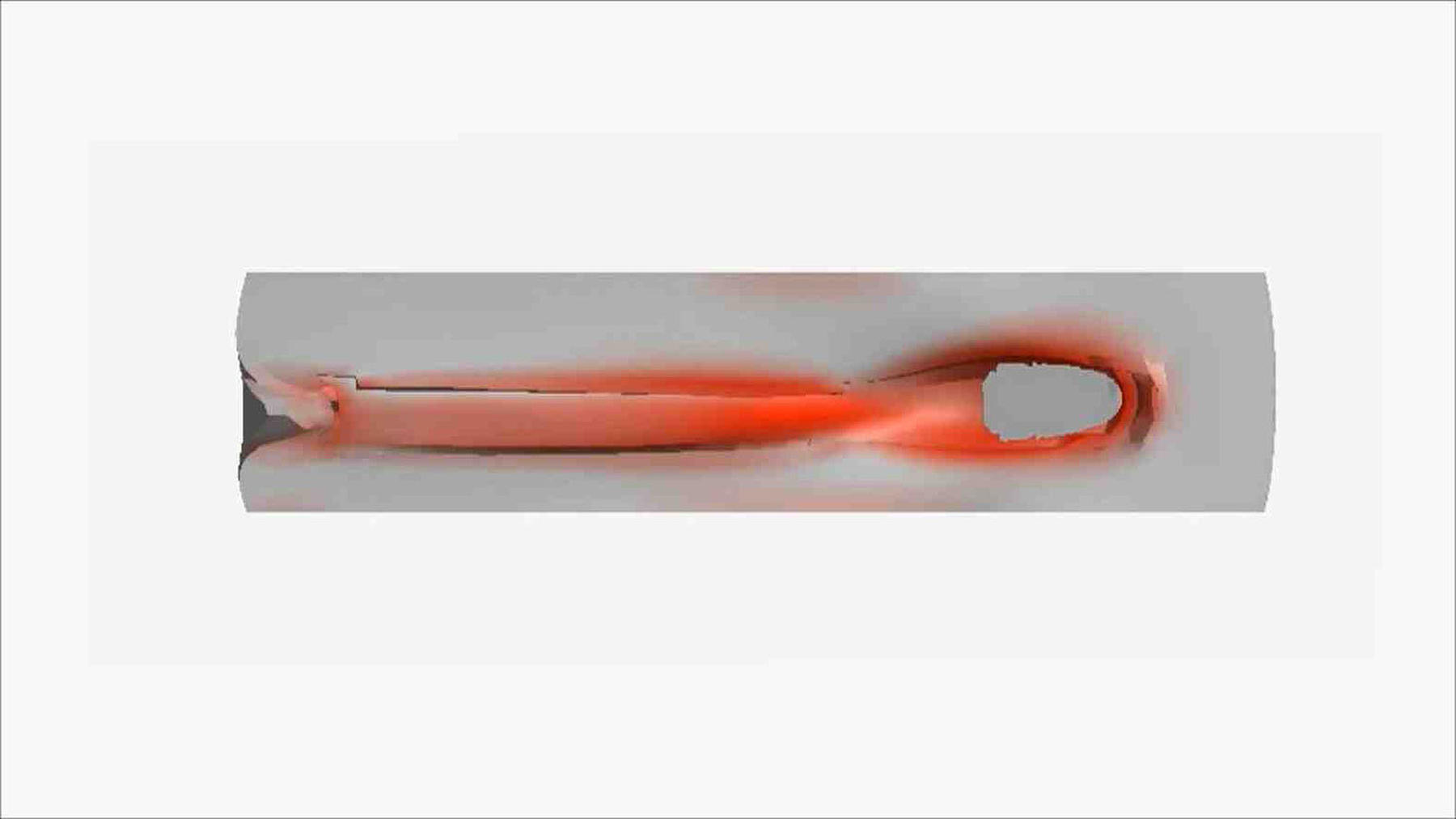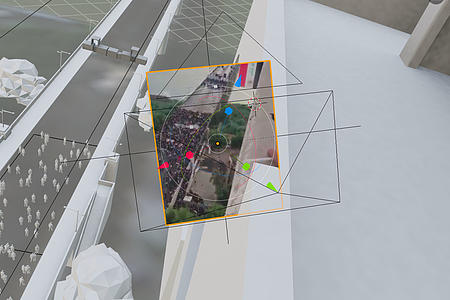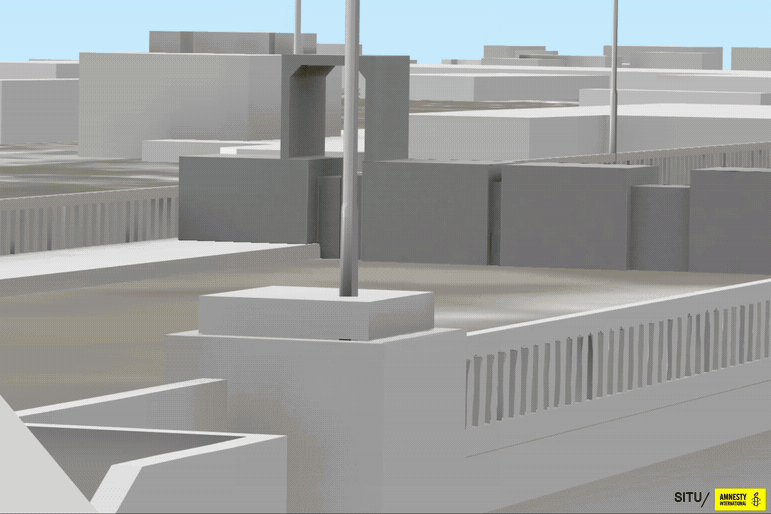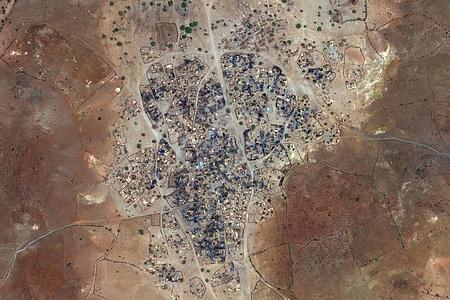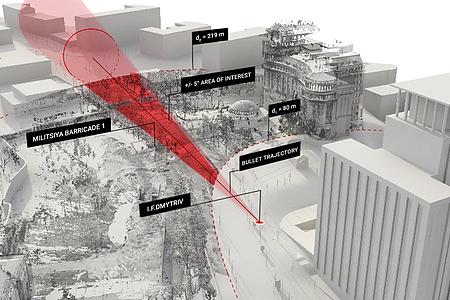SMOKESCREEN: Iraq’s use of military-grade tear gas grenades to kill protesters
A behind-the-scenes look at our visual investigation into the Iraq security forces’ lethal use of tear gas grenades
Explore the platform here:
teargas.amnesty.org/iraq
Collaborator
Amnesty International
Location
Baghdad, Iraq
Completion
2020
In October 2019, mass protests erupted in Baghdad and across southern Iraq. Amnesty International’s Crisis Evidence Lab began investigating the protest crackdown, collecting citizen documentation that revealed the gruesome deaths of protesters killed by military-grade grenades embedded in their skulls.
As part of this investigation, Amnesty approached SITU Research to collaborate on building a platform that conveys just how deliberate the acts were. The result is SMOKESCREEN—an immersive, 3D environment that synthesizes eyewitness footage and spatial modeling to corroborate the lethal use of tear gas by Iraq’s security forces.
Challenges
The goal of our three-month collaboration with Amnesty was to contextualize and analyze the archive of social media videos showing use of the tear gas grenades. There were two main challenges. First, how do we communicate the lethality of these grenades without including the gruesome videos and photographs. Second, how do we convey the performance characteristics of the munition in relation to the public spaces and urban environment in which the protests were happening. The solution was, in equal parts, a mix of content curation, user experience design, event reconstruction, and technical analysis.
User Experience Design
In designing the user experience, we knew we wanted to interweave the open source video with descriptive captions, while losing neither the spatial context nor the narrative continuity. By placing the footage within a 3D model of the urban landscape itself—the area around Tahrir Square and the Jimhouriya Bridge in central Baghdad—we were able to create an added value: the built environment became the glue to connect disparate videos shot at different times by different people.
We also reduced the video archive from over 50 videos to 10 clips of under five seconds each, thus isolating key moments from the demonstrations. In some of these clips, the 40mm grenades are clearly visible in flight. Other clips give context to the locations of protesters and security forces, or highlight the volume of grenades deployed. This curation of video analysis was made possible by extensive documentation by activists in Baghdad.
Reconstructing The Urban Environment
Using commercially-sourced 30cm-resolution satellite imagery and reference photos of the area, we constructed a digital model of the urban environment, extending 3.5km around Tahrir Square. We used this model and known landmarks to estimate the videographers’ locations and cones of view in the open source software Blender. This software’s motion tracking functionality also allowed us to compute camera motion and thus capture the micro-movements of the videographer.
The result is a seamless visual and spatial integration of primary source material with our diagrammatic and representational content. The model and 3D camera motion extends the field of view beyond what is captured in the primary videos, which adds yet another layer of spatial information to the platform. It is the multimodal and continuous spatial awareness that allows the user to draw crucial conclusions about the relationship between the urban environment and the misuse of the weapon. For example, we know that these canisters are particularly lethal when fired directly at protesters. By combining the digital model with the video footage we can understand the Iraqi security forces’ low angle of fire in relation to the location of crowds gathered on the Jimhouriya Bridge.
Platform Navigation
The platform features a scroll-based navigation that allows visitors to move forwards or backwards through the textual, visual and spatial content at their own pace and with a consistent motion.
We developed SMOKESCREEN to maximize user control, allowing viewers to manipulate the platform’s video content as they scroll through. Playback cues are linked with page navigation, such that the user scrolling seamlessly translates to video seeking. The mechanism is akin to placing a hand on the platter of a vinyl record player, thereby pausing playback and potentially pushing the record in either direction and, in this case, allowing viewers to examine video content frame by frame. SITU Research worked with consultant Studio Scasascia to refine this approach.
Video Playback Implementation
In order to deliver a smooth scroll-based video seeking, we had to adopt an unorthodox video playback implementation. Due to optimization of HTML5 video in the browser, video seeking is typically time-based, not frame-based (as might be the case in standard video editing software). This means that quickly changing the playback position will generally cause the player to drop frames, and the viewer will likely miss content.
In the case of SMOKESCREEN—as each and every frame of the videos embedded within the platform shows critical visual evidence—it was essential not to lose any of this content. As a solution, we rendered each clip as a sequence of discrete images: a digital flipbook. This approach guarantees a smooth viewing experience with a consistent frame rate, revealing the granular, frame-by-frame analysis that is essential to digital verification and event reconstruction.
Demonstrating The Lethal Impact
An important goal of SMOKESCREEN was to show the lethal impact of the 40mm grenades on the human body. To represent this without showing graphic footage of actual injuries, we used an analytical tool from the engineering field, which allowed us to corroborate first-hand reports of just how deadly the nominally ‘less-lethal’ weapons can be.
We produced a numerical model using a finite element analysis tool, which simulates the effects of physical forces on interacting objects. Our methodology was to simulate the impact of projectiles against a proxy of the human body. We used ballistics gelatin as a medium—a material often used to quantify and measure ballistic impact.
While the human body is much more complex, ballistic gelatin is used because its elastic and tensile properties are broadly comparable to human flesh and muscle. We created two digital models: one from the manufacturers’ specifications of the M713 40mm tear gas grenades found in use in Baghdad; and a one from a standard 12-gauge shotgun slug used for hunting, which is explicitly designed to kill.
While there is a lot of research documenting the performance of less lethal weapons when discharged in manner consistent with the stated intent of deploying tear gas (i.e. at a high angle) there is a surprising dearth of analysis of the same weapons when misused. All one has to do is lower the angle of fire to turn this 40mm canister into a deadly munition. It is essential this fact is understood and the nominal classification of “less lethal” does not become a cover for the lethal and excessive use of force.
SMOKESCREEN shows the importance of bringing different elements of analysis from a variety of fields together in the human rights space today. By doing so, Amnesty International and SITU Research, along with other partners, were able to show how the Iraqi security forces deliberately targeted protesters by firing the canisters around head height, with devastating results.
